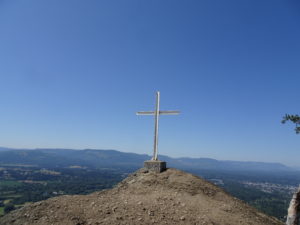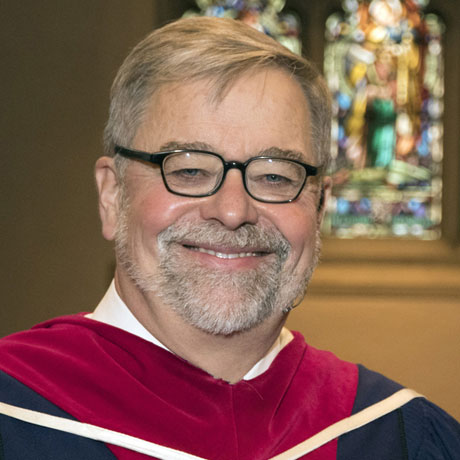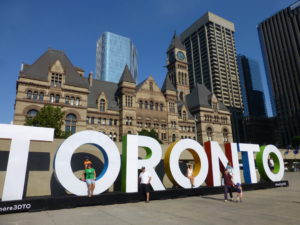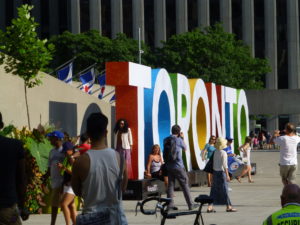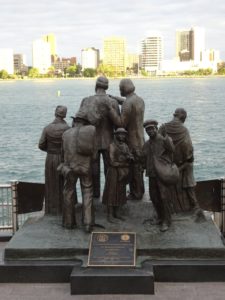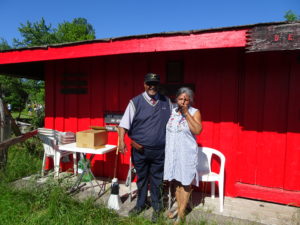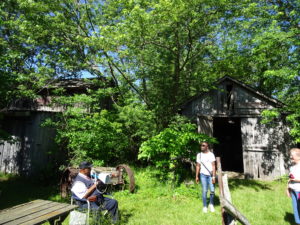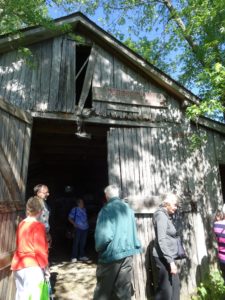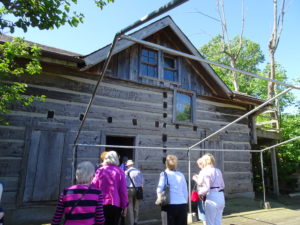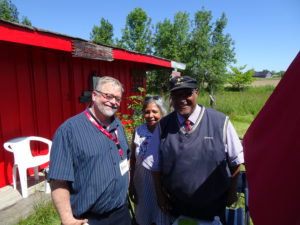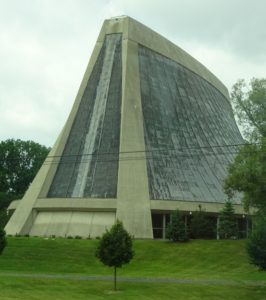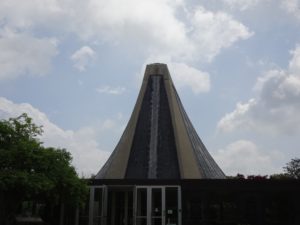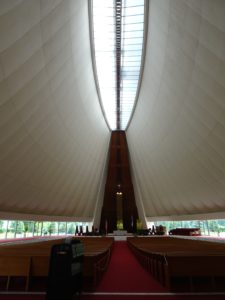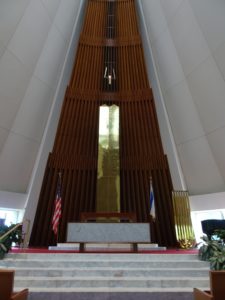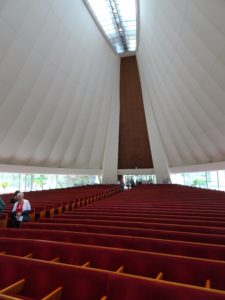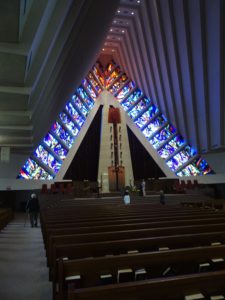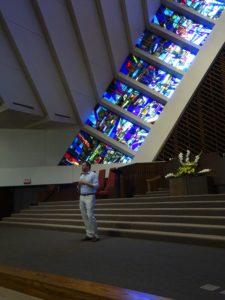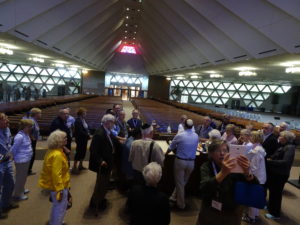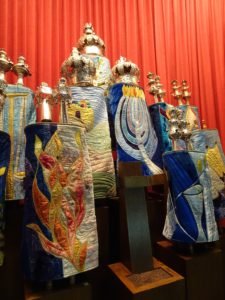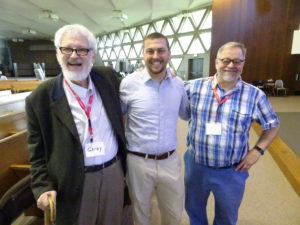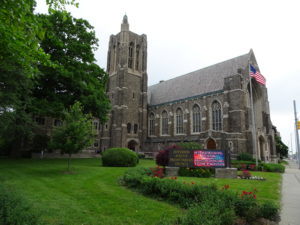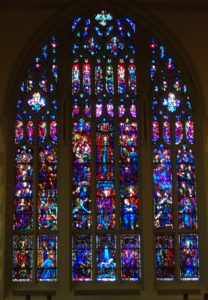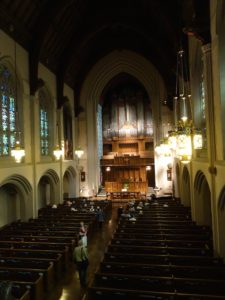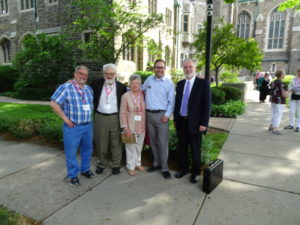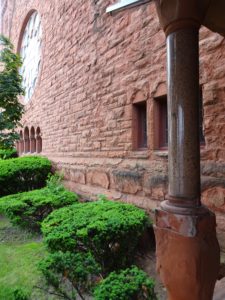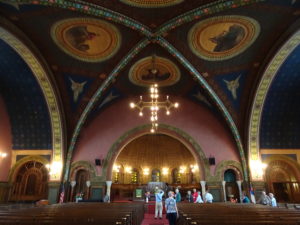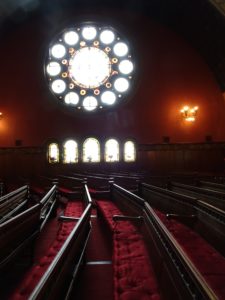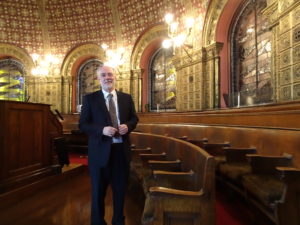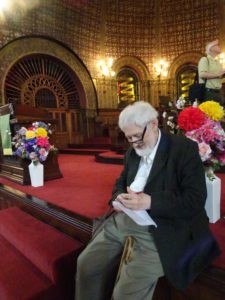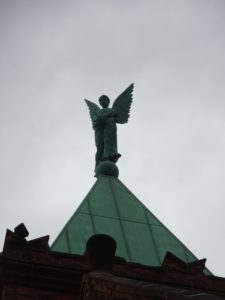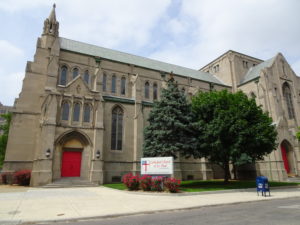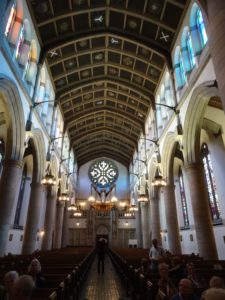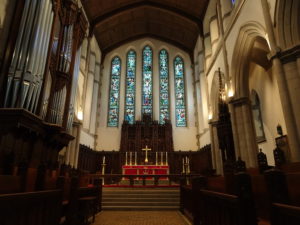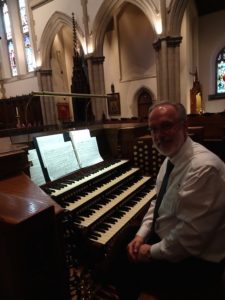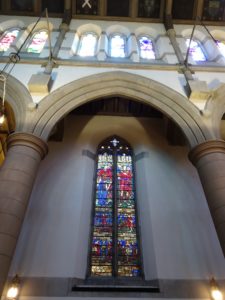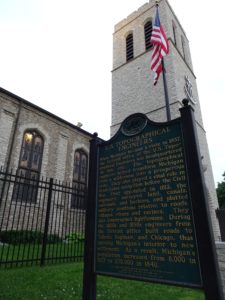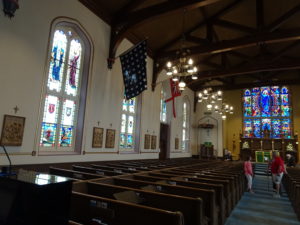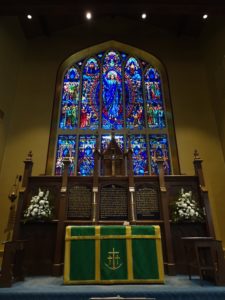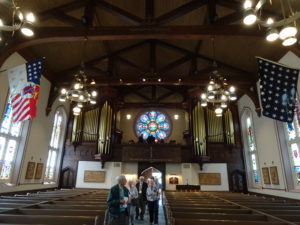The Pilgrimage of Sacred Spaces 2018 – Detroit
Twelve years ago, William Maddox, Yorkminster Park’s Director of Music and organist, and I organized a Lenten pilgrimage of Sacred Spaces aimed at encountering spiritual truth through the eyes of another tradition as embodied in a consecrated place of worship along with the story and activity of its peoples. In those early years we went to a different space each Wednesday evening. While the evening hours brought a certain hush and calm to the various spaces, in the months of February, March and April we were not able to see the effect of natural light, which often speaks volumes in a space, particularly through stained glass.
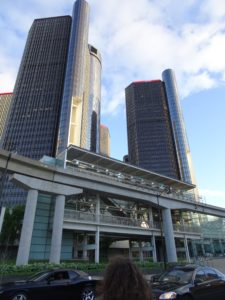
Our focus was primarily to appreciate the architecture, listen to the organ and look at the primary symbols, artistry or icons in the space. Someone from the host church would welcome us and tell us a bit of their story. Pilgrims were always given a sacred reading and prayer from the tradition of the visited space and the opportunity to quietly explore and reflect in silence. We always came together and ended with a prayer for the community and when we were visiting a church, the singing of a hymn.
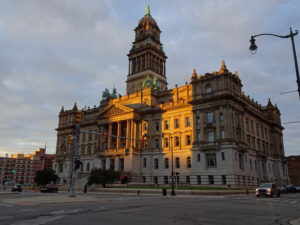
Eight years ago Corey Keeble, Curator Emeritus of the Royal Ontario Museum, joined William and me as a co-leader. Corey’s incredible knowledge and expertise opened our eyes and soon he had us reading the architecture and artistry as if it were a book. We continued to include the readings and prayers and music, but Corey’s enthusiasm and deep spirituality also opened our eyes to many new and profound insights.
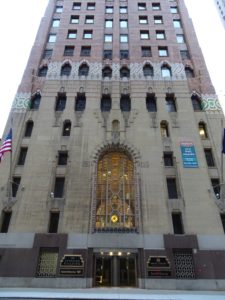
Having already explored many of Toronto’s sacred spaces we soon took our pilgrimage on the road travelling by bus to other towns and cities. While we continued to offer day trips to sacred spaces in and around Toronto, we soon discovered the amazing spiritual splendour of nearby cities including, Hamilton, Buffalo, Pittsburgh, Rochester, up and down both sides of the Niagara River, Newmarket to Uxbridge, Montreal, Cleveland, and even Israel and Palestine. Finally this year we took in Detroit.
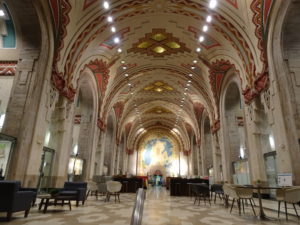
The most challenging aspect of planning the Detroit pilgrimage was limiting our pilgrimage to eleven spaces because the city has so many magnificent sacred spaces from which to choose. We limit it to eleven spaces to allow for time to travel from space to space, but also so that pilgrims will have opportunity to explore other aspects of the cities life in free time. It is a recipe that works as we always have a bus full of pilgrims ready to sign up for four days of adventure.
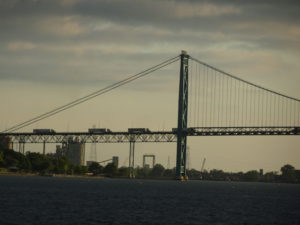
Apart from the magnificent sacred spaces we visited, perhaps the most inspiring aspect of the trip was to simply bear witness to the remarkable rejuvenation of Detroit’s city core where historic buildings once boarded up have been restored to their former glory and where formerly abandoned streets are now bustling with pedestrian life. The museums and concert halls too are extraordinary. I can’t wait to go back and explore other aspects of this remarkable city that has risen up from the ashes. (The pictures in this post are of structures in the downtown core and were taken on evening walks).
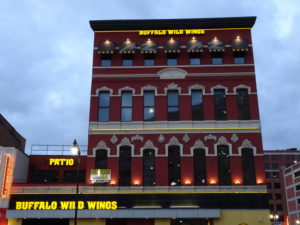
The pilgrimages always flow smoothly and so much of that has to do with the incredible logistical work done in advance by our sacred spaces organizing committee led by Judy MacDonald and Don Deathe along with Don MacDonald, Randall Speller, Ed Welker, Euan and Joan Ferguson, Ron Wakelin, Mary Stevens, and Rob Mee – a truly great team. This small group organizes the bus, hotel, meals and so much more. This year we were especially blessed by the assistance of Janice Ivory Smith who grew up in Detroit, our dear friend Milton Fletcher of Detroit, and Jim Westphal, a friend of Don and Randall’s who also lives in Detroit and shares a great interest in the sacred spaces as well as the rejuvenation of the city itself.

I also can’t say enough about the wonderful people from each of the sacred spaces who welcomed us with warmth and kindness into their spiritual home. In each place we encountered grace through these wonderful people. What’s more the punctuality, co-operation and friendliness of all who join us makes all the difference in the world. For me, these pilgrimages are filled with joy. Thanks to one and all. I invite you to read on through the eleven entries that follow and enter into the pilgrimage with us.
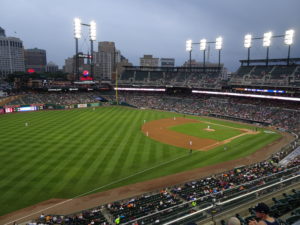
Three of our pilgrims, Peter Alberti, Ewan Ferguson and Rob Mee are also remarkable photographers and combined their efforts on a CD which can be purchased. Rob Mee has also posted his own photos online and I invite you to look at these amazing photos of each of these glorious spaces.
Detroit, Michigan
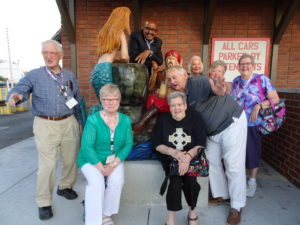
Grace and Peace,
Peter
To visit the entries for each of the sacred spaces we visited, please clock on the following links:
The Islamic Centre of America
Pilgrimage of Sacred Spaces – Detroit – Islamic Centre of America
St. Joseph’s Oratory
Pilgrimage of Sacred Spaces – Detroit – St. Joseph’s Oratory
Historic Trinity Lutheran Church
Pilgrimage of Sacred Spaces – Detroit – Historic Trinity Lutheran Church
Sts. Peter & Paul Jesuit Church
Pilgrimage of Sacred Spaces – Detroit – Sts Peter & Paul Jesuit Church
Mariner’s Church
Pilgrimage of Sacred Spaces – Detroit – Mariner’s Church
St. Paul’s Episcopal Cathedral
Pilgrimage of Sacred Spaces – Detroit – St. Paul’s Episcopal Cathedral
First Congregational Church
Pilgrimage of Sacred Spaces – Detroit – First Congregational Church
Jefferson Avenue Presbyterian
Pilgrimage of Sacred Spaces – Detroit – Jefferson Avenue Presbyterian Church
Congregation Shaarey-Zedek
Pilgrimage of Sacred Spaces – Detroit – Congregation Shaarey Zedek
Temple Beth El
Pilgrimage of Sacred Spaces – Detroit – Temple Beth El
John Freeman Walls Historic Site
Pilgrimage of Sacred Spaces – Detroit – John Freeman Walls Historic Site and Underground Railroad Museum, Emeryville, ON

